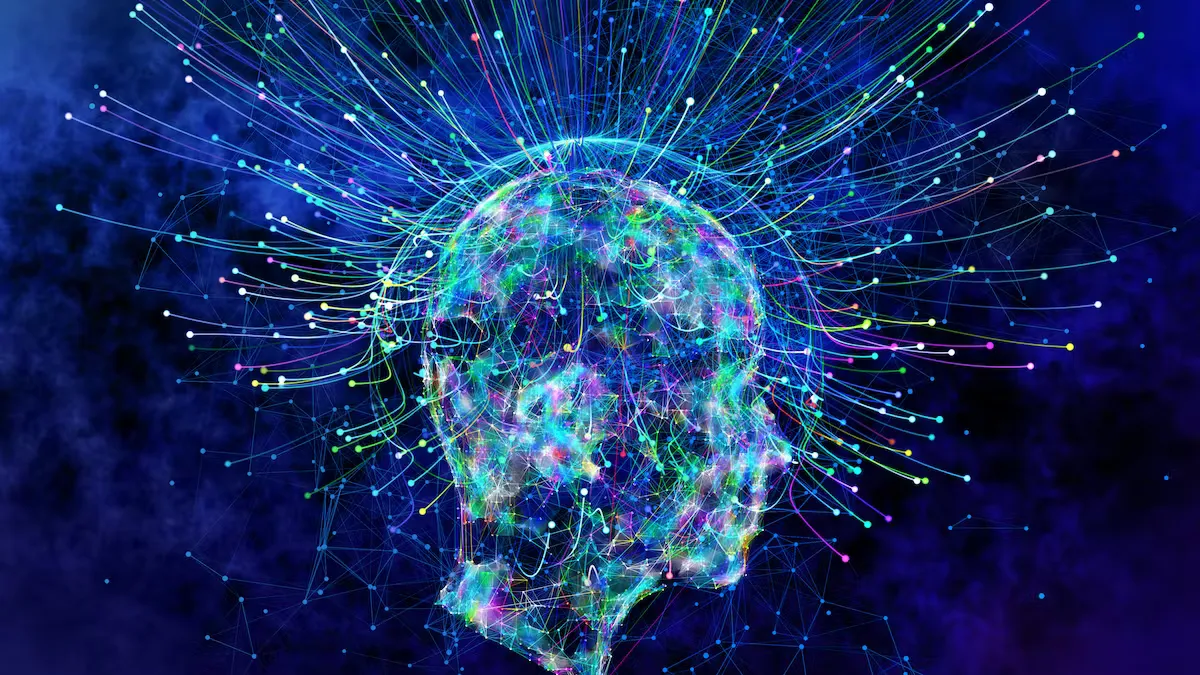by Arjun Walia, The Pulse:
 It seems to be inarguable that consciousness and what we perceive to be physical material matter are connected and have a relationship with each other. But what does this mean?
It seems to be inarguable that consciousness and what we perceive to be physical material matter are connected and have a relationship with each other. But what does this mean?
“Despite the unrivalled empirical success of quantum theory, the very suggestion that it may be literally true as a description of nature is still greeted with cynicism, incomprehension and even anger.”
– T. Folger, “Quantum Shmantum”; Discover 22:37-43, 2001”
The fascinating connection between mind and matter has given birth to a saying used by many, from quantum physicists and academics to ancient and “new age” philosophers. The saying goes, “Consciousness creates reality.”
TRUTH LIVES on at https://sgtreport.tv/
The question is, where did this saying come from? What does it mean? And how should we interpret it?
In the 17th century, the ideas of philosopher Rene Descartes played a significant role in shaping what science would one day become. Among his influential contributions, Descartes brought to light the characteristics of mind and matter, identifying them as the two primary ingredients of reality.
These views, originating largely from Aristotle and Plato, have made their way throughout the ages to the present day and have been further validated by quantum mechanics (QM).
It’s always fascinating when ancient ideas, which seemed to have originated from one’s own heart/mind, are validated by modern-day experiments, technology and science. It truly makes one ponder whether or not the burning questions of existence and the mysteries regarding the true nature of reality are somehow accessible somewhere inside all of us in some extraordinary way.
Do we have all of the answers inside of us? Perhaps.
To dive deep into this subject we must examine consciousness and its relationship with physical material matter. The existence of this relationship has, in my opinion, been demonstrated without a doubt through the birth of quantum mechanics (QM). QM is the catalyst for the term, “consciousness creates reality.”
Quantum mechanics, or quantum physics, examines physical material matter and how it behaves at the smallest observable level. It attempts to describe and account for the properties of molecules and atoms and their constituents—electrons, protons, neutrons, and other particles such as quarks and gluons.
Basically, it’s the examination of atomic and subatomic particles and trying to understand them, given the fact that these particles make up everything that we perceive to be physical material matter, including me and you.
The modern scientific worldview is largely based on the idea that materialism dominates and that matter is the only reality. But this isn’t true, as renowned theoretical physicist Dr. John Wheeler emphasized,
“No point is more central than this, that empty space is not empty. It is the seat of the most violent physics.”
QM threw the supposed material foundations of the world out the window and demonstrated that much of what we call “reality” is not even perceivable to our senses. QM has shown that atoms and subatomic particles, of which everything is made, are not really solid objects and do not exist in space and time at definite spatial locations and times.
Perhaps most importantly, QM has demonstrated that the mind, or consciousness, is directly intertwined somehow with what we call physical material matter.
This is why all of the ‘founding fathers’ of QM could not deny the relationship between consciousness and matter. In fact, many believed and do believe that consciousness is a fundamental aspect and required for matter to even exist.
Max Planck, a theoretical physicist who originated quantum theory which won him the Nobel Prize in Physics in 1918 emphasized this in a 1931 interview with The Observer of London,
“I regard consciousness as fundamental. I regard matter as derivative from consciousness. We cannot get behind consciousness. Everything that we talk about, everything that we regard as existing, postulates consciousness.”
Nikola Tesla also emphasized his belief with regards to where matter is birthed from, which he referred to as the “luminiferous either” in his work, “Man’s Greatest Achievement.”
“All perceptible matter comes from a primary substance, or tenuity beyond conception, fill all space, the akasha or luminiferous ether, which is acted upon by the life-giving Prana or creative force, calling into existence, in never-ending cycles all things and phenomena.”
QM introduced the mind into its basic structure since it was found that the particles being observed and the observer—the physicist and the method used for observation—are linked.
This implies that the consciousness of the observer is vital to the existence of the physical events being observed and that mental events can affect the physical world. The results of multiple experiments support this interpretation which suggests that the physical world is not the only component of reality. The physical world cannot be fully understood without making reference to the mind.



